Vaisakhi, also pronounced Baisakhi marks the first day of the month of Vaisakh and is traditionally celebrated annually on 13 April and sometimes 14 April. It is seen as a spring harvest celebration primarily in Punjab and Northern India. Further, other Indian cultures and diaspora celebrate this festival too. Whilst it is culturally significant as a festival of harvest, in many parts of India, Vaisakhi is also the date for the Indian Solar New Year.
For Sikhs, in addition to its significance as the harvest festival, during which Sikhs hold kirtans, visit local gurdwaras, community fairs, hold nagar kirtan processions, raise the Nishan Sahib flag, and gather to socialize and share festive foods, Vaisakhi observes major events in the history of Sikhism and the Indian subcontinent that happened in the Punjab region. Vaisakhi as a major Sikh festival marks the birth of the Khalsa order by Guru Gobind Singh, the tenth Guru of Sikhism, on 13 April 1699. Later, Ranjit Singh was proclaimed as Maharaja of the Sikh Empire on 12 April 1801 (to coincide with Vaisakhi), creating a unified political state.
Vaisakhi was also the day when Bengal Army officer Reginald Dyer orders his troops to shoot into a protesting crowd, an event which would come to be known the Jallianwala Bagh massacre; the massacre proved influential to the history of the Indian independence movement.
This holiday is observed by Hindus and is known by various regional names in other parts of India. For many Hindu communities, the festival is an occasion to ritually bathe in sacred rivers such as Ganges, Jhelum, and Kaveri, visit temples, meet friends, take part in other festivities, and perform a mandatory daan (charity) especially of hand fans, water pitchers and seasonal fruits. Community fairs are held at Hindu pilgrimage sites. In many areas, processions of temple deities are taken out. The holiday also marks the worship and propitiation of various deities, such as Durga in Himachal Pradesh, Surya in Bihar, and Vishnu in southern India. Although Vaisakhi began as a grain harvest festival for Hindus and its observance predates the creation of Sikhism, it eventually gained historical association with the Sikhs following the inauguration of the Khalsa.
Date
Vaisakhi is observed on the 13 or 14 April every year in the 21st century. However, in 1801 AD, it fell on 11 April. This is because the date of Vaisakhi and other Sankrantis keeps changing slowly over years. Vaisakhi would fall on 29 April in Year 2999. The festival coincides with other new year festivals celebrated on the first day of Vaisakh in other regions of the Indian Subcontinent such as Puthandu, Pohela Boishakh, Bohag Bihu, and Vishu.
Sikh procession in Birmingham, England.
Official name Vaisakhi
Also called Baisakhi, Vaisakha Jayanti, Visakhī
Observed by Hindus, Sikhs, Punjabi Muslims


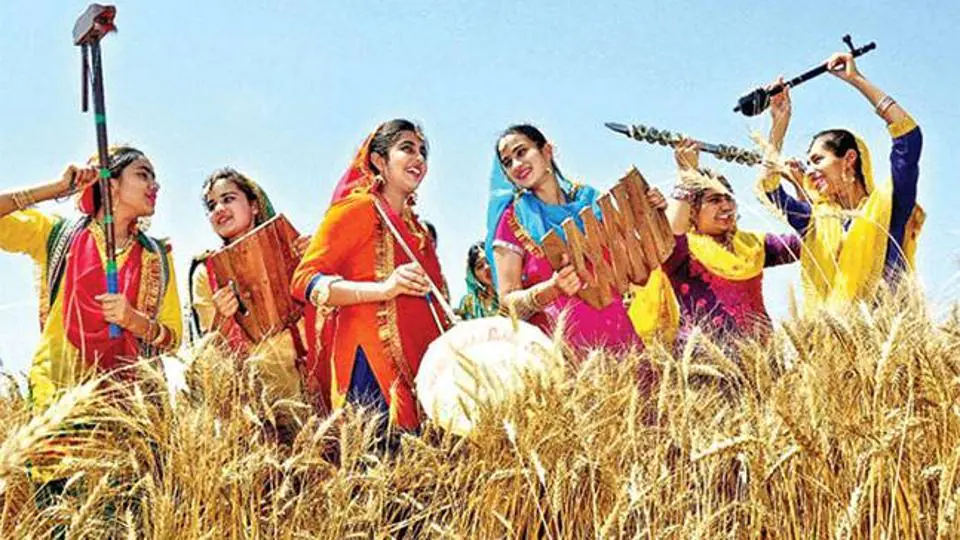
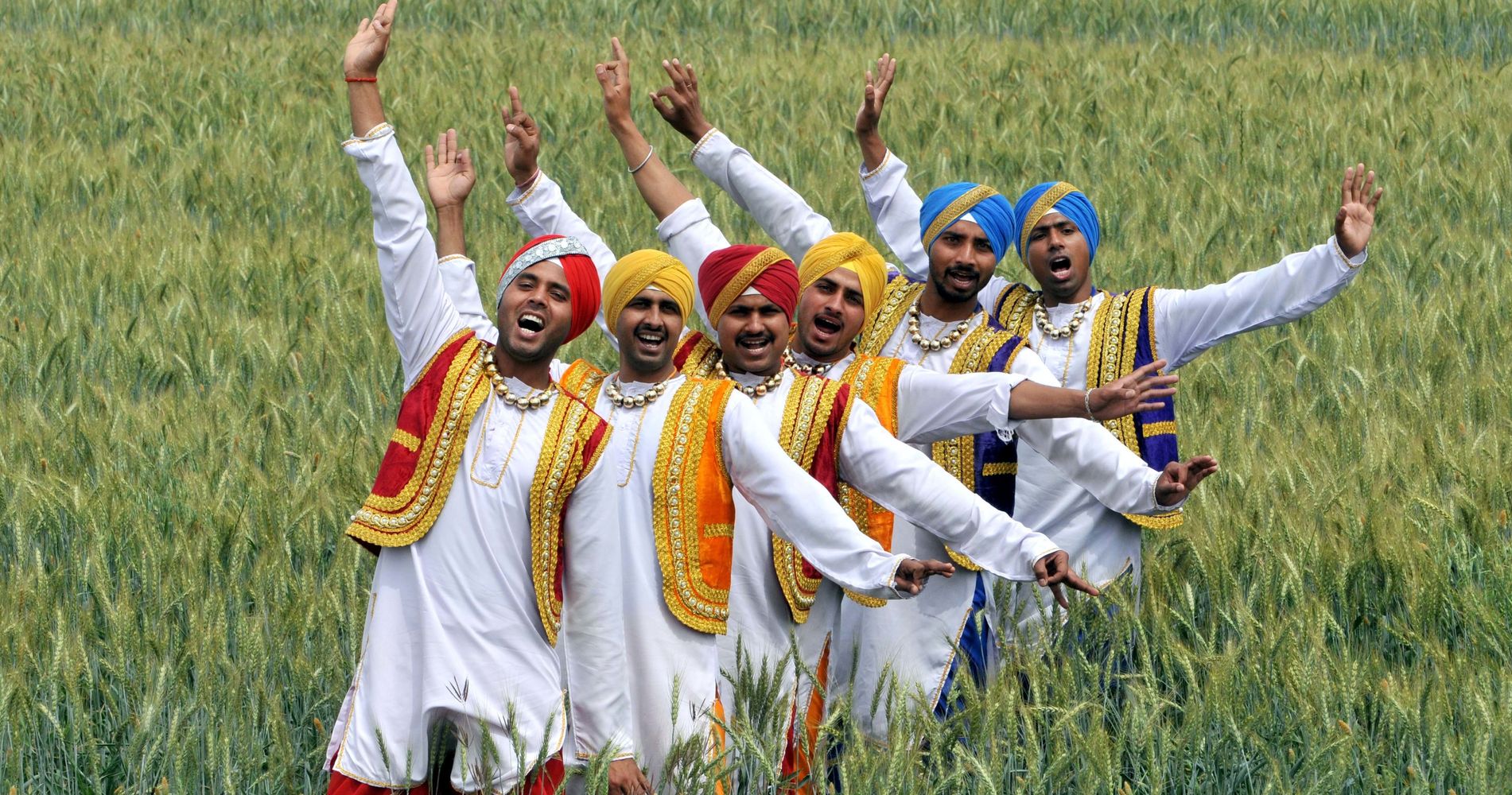


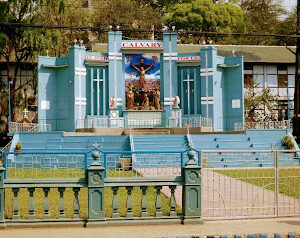



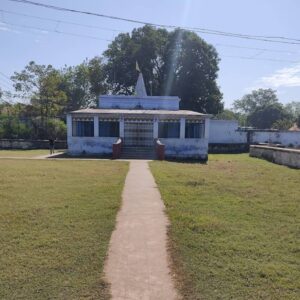


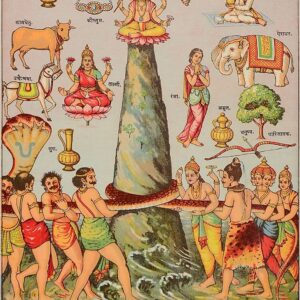

Reviews
There are no reviews yet